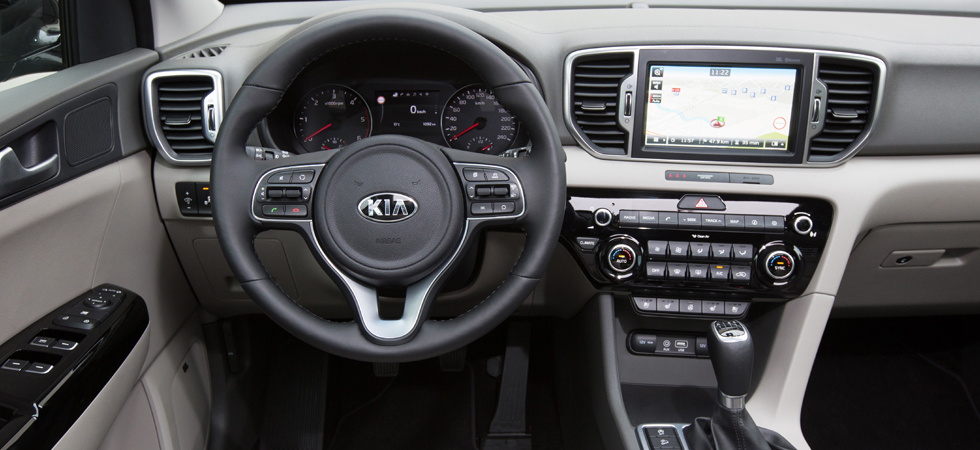HARMAN have unveiled a further step forward in their development of audio technology thanks to its leading-edge Clari-Fi software solution. Clari-Fi improves the quality of highly compressed digital audio by restoring the authenticity, ambience, warmth, and clarity that is lost in the compression process.
The latest update addresses the lower quality audio streams compared to its previous version whilst now also offering speech detection, detection of advanced codecs such as HE-AAC, smoother sounding high frequencies, and the ability to up-mix mono sources to stereo.
The technology is featured across many consumer electronic devices including the Huawei Mozart M2 tablet, the LeTV Max 4-70 smart TV and the JBL Authentics wireless speaker series. It has also been transferred to the automotive industry with manufacturers Maserati, Lexus, Lincoln, Hyundai & Kia embodying the technology within their acoustic services.
Clari-Fi continues to be completely automatic and works with a variety of sources, including discrete digital audio files, streaming music, and the video content from sources like YouTube. In contrast to competitor offerings, Clari-Fi does not blindly add equalization, bass boost, or other effects that alter the original artist’s intended listening experience. HARMAN’s proprietary predictive model intelligently and accurately recreates the lost information providing a high quality music listening experience.
“Day in and day out, HARMAN continues to innovate and find useful and cost-effective ways to enhance audio quality,” said Michael Mauser, President of HARMAN’s Lifestyle Audio Division. “Clari-Fi brings life and emotion back to music without adding complexity to the user experience. We’re delighted that Clari-Fi has been so well received in the marketplace.”
In addition HARMAN have released an award-winning documentary, “The Distortion of Sound,” to demonstrate how technology has changed the way we listen to music and how the quality of music has been impacted. The film captures comments from members of the recording industry and their concerns about the lack of realism offered by digitally compressed music.






















